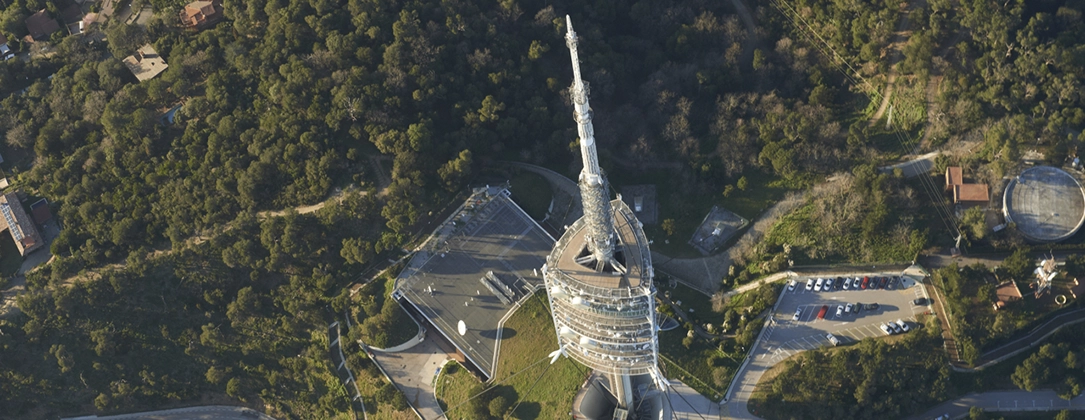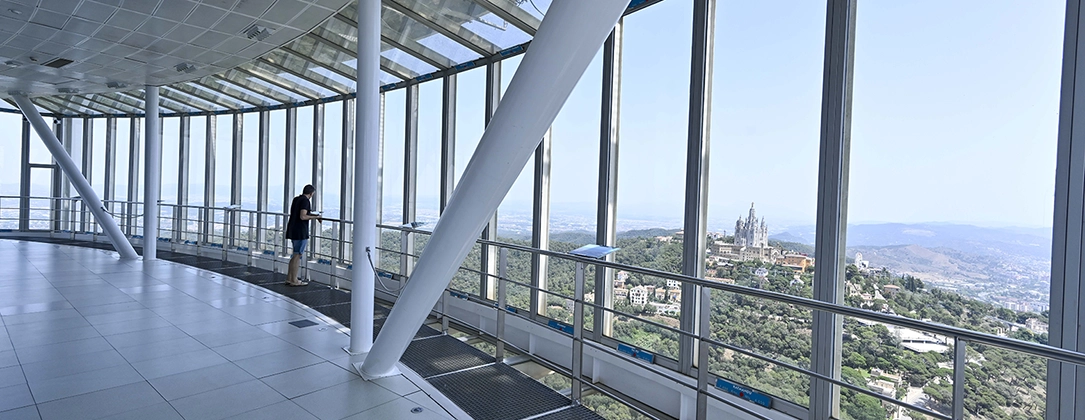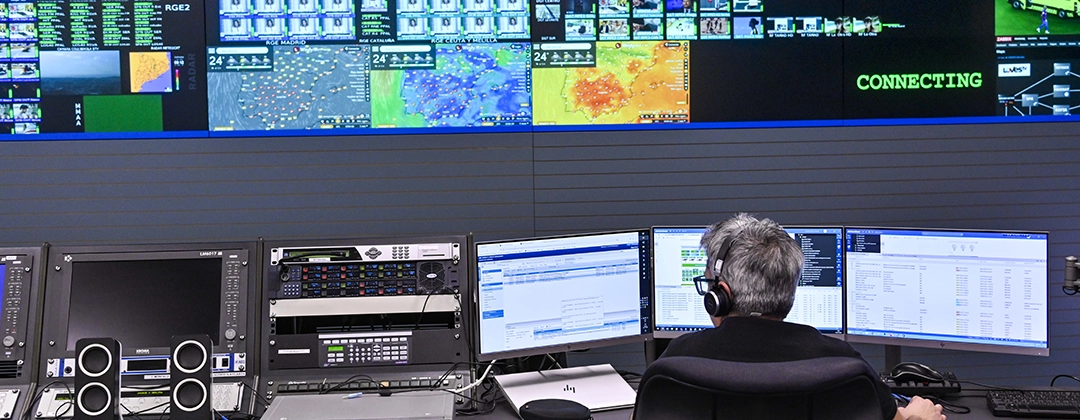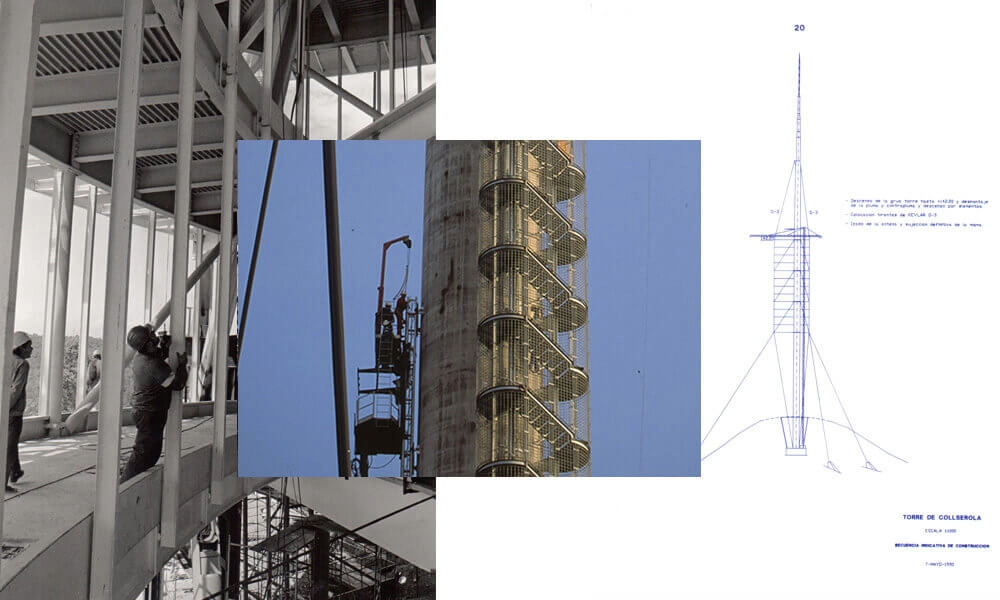Trends
Trends
JUL
25
2022
TIS
From modernism to modernity, Collserola tower turns 30
“La Ville de…Barcelona“, said Juan Antonio Samaranch, then president of the International Olympic Committee, in the Swiss town of Lausanne. Pronounced shortly after 12 noon on 17 October 1986, the words would forever change Barcelona and make it one of the most visited cities in the world.
Far beyond its significance for sport, Barcelona’s designation as host city of the 1992 Olympics brought about a political, social and economic revolution that showed the world the capabilities of a country that, not so long ago, had successfully overcome a difficult transition.
For the “Ciudad de las Maravillas“, the dream of hosting the Games meant one of the biggest urban regeneration projects in recent European history. Barcelona leveraged the opportunity to improve its infrastructure and rebuild a large part of the city according to a futuristic vision that made it possible to combine such distinctive features as the modernism of Gaudí and state-of-the-art facilities that have made the city one of the most cosmopolitan and modern on the continent.
One of the icons of this transformation was the Torre de Collserola, a telecommunications behemoth on the slopes of Tibidabo standing 445 metres above sea level and catering to one of the main demands of the event: broadcasting radio and television signals to hundreds of media outlets around the world and billions of homes with the most cutting-edge audiovisual technology. At the same time, dozens of masts, radio and television antennas and turrets littering the landscape of the unique park on the city’s outskirts were removed.
The Barcelona Olympics also revolutionised the world of television.
The most watched opening ceremony in the history of the Olympic Games drew more than two billion viewers worldwide, setting a new record and putting broadcast networks to the test on that historic 25 July when Barcelona became the centre of the world.
Not only was it the most modern communications and broadcasting infrastructure in Europe to date, but the authorities sought to match the operational challenges with a design that would turn the infrastructure into a technological and architectural landmark in the city.
The British architect Norman Foster was awarded the project in a public tender that focused on adapting the enormous building, Barcelona’s tallest, to the unique landscape of the Vilana Hill in the Collserola mountain range.
“Norman Foster’s design came as a huge surprise to us, as it contained elements that were quite unheard of in this type of facility. A significant part of the equipment was housed below the tower in an adjoining building. There were also triangular platforms for the antennas that initially posed certain technological challenges”, explains Jordi Arandes, Deputy General Manager of Cellnex Spain, in an interview with Trends.
With a 42% stake in the company that manages the facility, the telecommunications infrastructure manager is the majority stakeholder. Other stakeholders include Telefónica, the Catalan Government’s Centre of Telecommunications and Information Technologies (CTTI) and, by way of the Metropolitan Area of Barcelona (AMB), the Barcelona City Council.
The engineer, who has been involved with the tower since the early stages of planning, has visited the architectural totem regularly for the past 30 years. “It’s my second home”, he says of a building where, due to the strategic nature of the service it provides, security measures are almost military-like. “The tower’s comprehensive security measures (electrical, access, etc.) mean that the broadcasting services it provides for radio, television and similar media have been remarkably free of interruptions since they came on stream in 1992”.
A semi-buried auxiliary building at the foot of the giant structure houses a complex signal reception network powered by a fail-safe energy system. From there, signals are sent across kilometres of coaxial cables to the legion of antennas and radio links located on the outer crown of the 288-metre-tall reinforced concrete tower.
The tower is buttressed by three upper braces of Kevlar cables anchored to a shaft attached to a second system of high-strength steel braces. These, in turn, are ground-mounted to support a weight of 3,500 tonnes and to prevent excessive oscillation of the titan, and they ensure the accuracy of the signal transmitted by the broadcasting antennas.
Arandes says that windy days atop the colossus highlight a sensation of human fragility and an appreciation for architectural science, and elevator service is cancelled. “The project that Foster dreamed up was completed by the engineer Ramón Pedrerol, who included improvements in the anchors and tensioners and modified structural elements of the original design to guarantee its proper functioning and reliability”, he explains. “On blustery days the sturdiness of the facility is out of this world. It is no less intense than the feeling of dizziness when going up or down the stairs that snake round the mast”.
For several years, a sporting event was held that consisted of a timed climb up the 712 steps of an outer staircase ascending 116 metres above the base of the tower to the public viewpoint located on the tenth floor. There, visitors enjoy a unique panoramic view that, on a clear day, can stretch up to 70 kilometres. And on certain days of the year, you can even see the Tramuntana mountains of Mallorca.
Over the years the facility, which some nicknamed the “syringe” because at its tip stands a long mast with telescopic antennas that resembles a needle, has undergone constant adaptation to digital needs. Today, the radio coverage offered by such a prime location assures the functioning of high-security mobile networks, television signal and analogue and digital radio in Barcelona and neighbouring regions.
Jordi Arandes, who has watched with excitement everything from early analogue television broadcasts to the subsequent “technological switch-off” that came with the switch to digital, has no doubt that the facility will continue to be more than an emblem on the city’s skyline in the future.
“Unquestionably, it will retain its symbolic value almost like the Sagrada Familia. Tower services may change over time from current television to Ultra High Definition and to more and more advanced digital radio services. Wireless technologies will remain fundamental and radio communications will continue to be present in communication. But a facility like this, with its exceptional location, will keep finding new functionalities. For example, the centre has enormous potential to be used as a data centre”.
Carlos Ruano






















